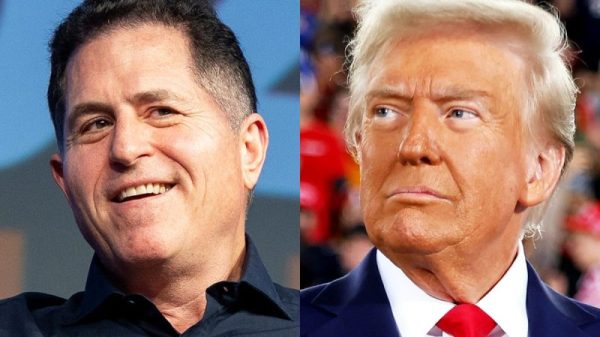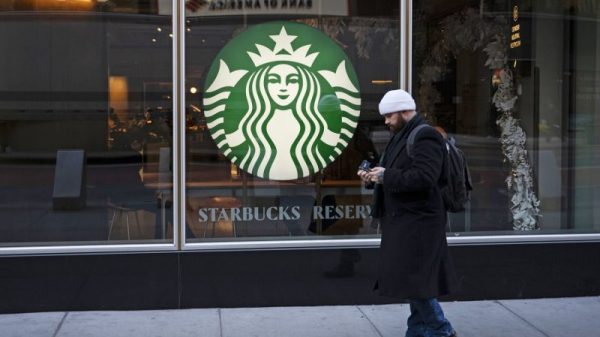Americans are bracing for their healthcare premiums to increase in 2026 amid uncertainty stemming from whether Affordable Care Act (ACA) subsidies about to expire at the end of 2025 will receive an extension.
Those shopping on the ACA marketplace already are expected to face a 26% premium price increase in 2026, and if the potential government subsidies expire, monthly payments for subsidized patients could increase by 114%, according to an analysis from the Kaiser Family Foundation released in October.
But the potential lapse in government subsidies, which seek to lower monthly payments for patients, isn’t the only reason for rising premium prices. At the crux of the issue is that the ACA’s foundation includes several inflationary provisions that are driving up healthcare costs, according to experts.
‘Obamacare does more to increase prices,’ Michael Cannon, director of health policy studies at the Washington-based libertarian-leaning Cato Institute think tank, told Fox News Digital Monday.
‘It increases prices on healthy people by requiring them to pay double or triple what they should have to pay for health insurance, and it requires everybody who enrolls in Obamacare to buy more comprehensive coverage than they probably would if you gave them the money.’
1. Guaranteed coverage
One provision included in the ACA is the guaranteed issue, which requires that insurers provide coverage to anyone without factoring in their health status or age.
This is a factor that ramps up the cost of premiums, according to Sally Pipes, the president of the free market think tank Pacific Policy Institute.
‘As older patients use a lot more healthcare than the young and cost insurers a lot more in claims, premiums have to rise to cover their loss on the older enrollees,’ Pipes said in a statement Monday to Fox News Digital.
2. Community rating rule
Coupled with this provision is the community rating rule, which bans insurers from charging older people more than three times what they do younger people — regardless of their health status.
This essentially amounts to a system of government price controls because it requires insurance companies to charge two people of the same age on the same healthcare plan the same premium, even if one is healthy and the other is sick, according to Cannon.
‘That is a price floor for the healthy person, because the price can’t go below whatever you charge the sick person, and it’s a price ceiling for the sick person, because the price can’t go above whatever you charge the healthy person,’ Cannon said. ‘And so the centerpiece of Obamacare is really just price controls, where you set the price too high in one area and too low in the other area.’
3. Mandated service coverage
Additionally, the ACA has an ‘essential’ health benefits requirement that stipulates health insurance plans must cover certain services, including inpatient and outpatient hospital care, mental health services, prescription drug coverage and more.
‘This means enrollees have to buy a plan that covers each benefit, regardless of whether they want that benefit or not,’ Pipes said. ‘If an individual family wants a plan that doesn’t cover alcohol rehabilitation or hair prostheses, they still have to pay to cover these benefits. They add tremendously to the cost of coverage.’
Meanwhile, Republicans and Democrats have been at odds over extending ACA subsidies, ultimately prompting the government shutdown, which lasted more than 40 days and was the longest in U.S. history. Democrats refused for weeks to back a measure without a provision to permanently extend the ACA subsidies, which will expire at the end of 2025.
But, ultimately, Democrats got behind a short-term spending bill that does not extend these subsidies by the end of the year. Even so, Senate Majority Leader John Thune, R-S.D., agreed to a vote in December on legislation that would continue these credits.
The Biden administration first introduced the COVID-era subsidies under the American Rescue Plan Act passed in March 2021, which was subsequently extended the following year under the Inflation Reduction Act.
Meanwhile, Trump has signaled he won’t back continuing the subsidies and said in a social media post Tuesday that Congress shouldn’t ‘waste’ its time on negotiating an extension.
‘THE ONLY HEALTHCARE I WILL SUPPORT OR APPROVE IS SENDING THE MONEY DIRECTLY BACK TO THE PEOPLE,’ Trump said in the post.
























